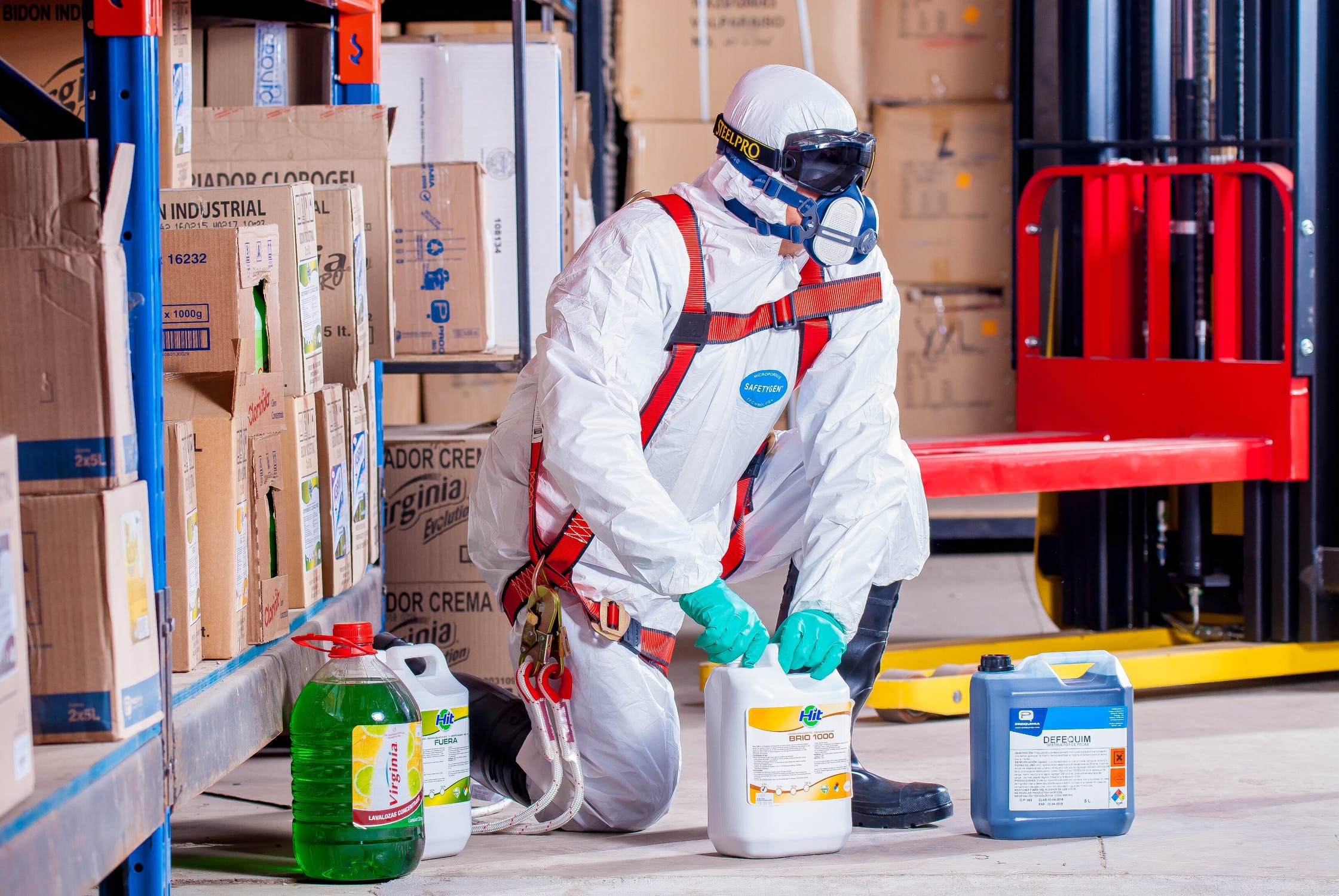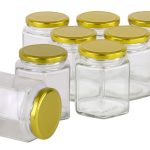Chemical laboratories are supposed to handle a wide variety of chemicals and needless to mention, some of them could prove to be hazardous. Therefore, you must store chemicals carefully and safely in a lab so that it would be minimizing all incompatible chemical reactions, breaking, spillage, or wastage because of expiration.
Inspection & Inventory
Each chemical laboratory must maintain meticulously an inventory of all the chemicals purchased and stored in the lab. This is an integral part of a lab safety plan. You must consider designating a precise storage place for every chemical present in the lab so that they could be used in experiments and then put back on the right shelf. You must necessarily consider storing the chemicals not in an alphabetical order but in terms of their specific hazard class. You must know and record the exact location of specific chemical groups. You must consider inspecting the entire chemical storage areas minimum once every year to identify the unwanted and outdated items, leaking containers, illegible labels etc. You must necessarily get rid of all expired chemicals, degraded containers, illegible labels, and leaking lids.
Ensure Proper Sealing
For preventing leakage, reaction with air, or odors, you must consider sealing tightly all containers having highly volatile, toxic, carcinogenic, malodorous, or reactive chemicals. Ensure that all closures, corks, and caps are tightened so there is no leakage of hazardous chemicals. The exceptions to this rule are the freshly-produced mixtures like organics and acids that may be generating gas pressure enough to explode in a tightly sealed bottle. In such cases, you must keep the lids of those containers loose or use vent caps that are available commercially.
Less Is Actually Better
You must follow the practice of keeping minimum quantities of lab chemicals for reducing the hazard of exposures, waste disposal issues, and fires. Here are some advantages of storing minimum quantities of chemicals in labs:
- Reduced requirement for storage space
- Reduced storage hazards
- Increased safety due to the handling of relatively smaller quantities
- Minimized expenditure for disposal of leftovers
- Reduced losses because of the expiration of chemicals
Use Effectively the Chemical Storage Symbols
Most chemical manufacturers would be including chemical storage symbols that are actually present on their labels. Several manufacturers use hazard ranking system like NFPA 704 (National Fire Protection Association) or HMIS (Hazardous Materials Identification System) in a colored rectangle. In this context, you must know that the UNO has come up with a GHS or the Globally Harmonized System for safety data sheets and label elements.
Use Color Codes
Often color codes are used on labels for indicating health, chemical, and physical hazards. These precise colors could be kept in mind while storing chemicals. You may store the same colored chemicals together in terms of color. However, there are no universal color schemes. Here, take a look at what individual colors would be signifying. Red is used for alerting you against chemicals that have potential fire hazards or flammables. White is used in a chemical lab for representing corrosive acids and potential contact hazard. Blue is used for indicating health hazard, yellow signifies reactivity hazard. Slight or moderate hazards are indicated by the use of colors like orange, gray, or green.
Conclusion
It is best not to store incompatible chemicals like alkalis and acids together. They must be kept completely separated from one another for preventing the likelihood of mixing due to accidental spill. You must store chemicals in terms of compatibility groups only for safety purposes.







